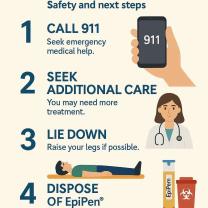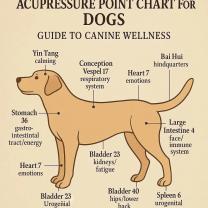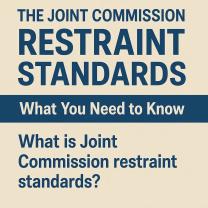Should you work through lower back pain?
Whether or not you should work through lower back pain depends on the severity and cause of the pain, as well as your individual circumstances. In general, it's important to prioritize your health and well-being, and working through lower back pain should be approached with caution.
Here are some considerations:
Assess the Severity: Determine the severity of your lower back pain. Mild discomfort or occasional discomfort may not necessarily require time off work, while severe or debilitating pain may warrant rest and medical attention.
Identify the Cause: Understand the underlying cause of your lower back pain. If it's due to a muscle strain or minor injury, taking short breaks and adjusting your work routine may help. However, if it's caused by a more serious issue, such as a herniated disc or spinal condition, working through the pain may worsen the condition.
Talk to Your Healthcare Provider: Consult a healthcare provider for a proper diagnosis and treatment plan. They can provide guidance on whether it's safe to continue working, recommend appropriate treatments, and suggest modifications to your work environment if needed.
Listen to Your Body: Pay attention to how your body responds to work-related activities. If working exacerbates your pain, it may be advisable to take time off or limit certain tasks. Ignoring pain signals can lead to further injury.
Make Ergonomic Adjustments: If you need to continue working, make ergonomic adjustments to your workspace to reduce strain on your lower back. This may include using an ergonomic chair, maintaining proper posture, and taking frequent breaks to stretch and move around.
Consider Light Duties: If possible, ask your employer about temporary light-duty tasks that may be less physically demanding and reduce the risk of aggravating your lower back pain.
Medications and Physical Therapy: Your healthcare provider may recommend pain-relieving medications or physical therapy to manage lower back pain. These treatments can help improve your ability to function at work while addressing the underlying issue.
Rest and Recovery: If your lower back pain is severe or chronic, your healthcare provider may recommend taking time off work to focus on rest, rehabilitation, and recovery. Pushing through severe pain can lead to further injury and a longer recovery period.
Ultimately, the decision to work through lower back pain should be made in consultation with a healthcare provider. They can provide a personalized assessment of your condition and help you make informed choices about whether you can continue working and what modifications, treatments, or accommodations may be necessary. It's important to prioritize your health and well-being to ensure a safe and effective recovery.
Working Through Lower Back Pain: Is It Advisable?
Whether or not it is advisable to work through lower back pain depends on the severity of the pain and the cause. If the pain is mild and does not interfere with your ability to do your job, then you may be able to continue working. However, if the pain is severe or makes it difficult to perform your job duties, then it is best to stay home and rest.
If you are unsure whether or not it is safe to work through your lower back pain, it is always best to consult with a doctor. They can assess the severity of your pain and determine the underlying cause. They can also give you advice on how to manage your pain and stay active.
Dealing with Lower Back Pain at Work: Strategies and Considerations
If you do decide to work through lower back pain, there are a few things you can do to minimize your discomfort and manage your pain:
- Take breaks. Get up and move around every 20-30 minutes to avoid sitting or standing in one position for too long.
- Stretch. Stretching your back and hamstrings can help to improve flexibility and reduce muscle tension.
- Apply heat or ice. Applying heat or ice to the affected area can help to reduce pain and inflammation.
- Use over-the-counter pain relievers. Nonsteroidal anti-inflammatory drugs (NSAIDs) such as ibuprofen and naproxen can help to reduce pain and inflammation.
- Practice good ergonomics. Make sure your workstation is set up in a way that supports your back and neck.
If your lower back pain is severe or does not improve with these strategies, you may need to see a doctor. They may prescribe stronger pain medication or physical therapy to help you manage your pain.
Coping with Lower Back Pain While Working: Your Options
Here are some additional tips for coping with lower back pain while working:
- Talk to your supervisor. Let them know that you are experiencing lower back pain and see if there is anything they can do to help. For example, they may be able to allow you to take more breaks or change your work duties.
- Use a supportive chair. Make sure your chair is at a comfortable height and that the backrest supports your lower back. You may also want to use a lumbar pillow for additional support.
- Take breaks to move around. Get up and walk around every 20-30 minutes to avoid sitting or standing in one position for too long. You may also want to do some gentle stretching exercises during your breaks.
- Listen to your body. If your pain is getting worse, stop what you are doing and rest. If the pain is severe, go home and see a doctor.
If you have chronic lower back pain, you may want to consider talking to your doctor about a pain management plan. This may include a combination of medication, physical therapy, and lifestyle changes.













